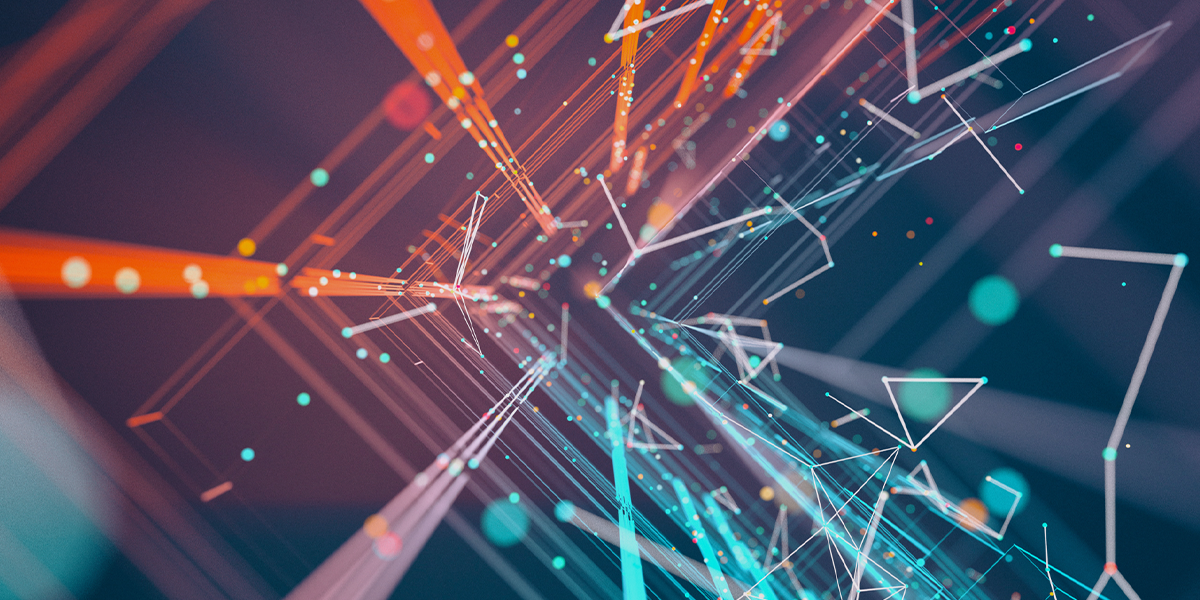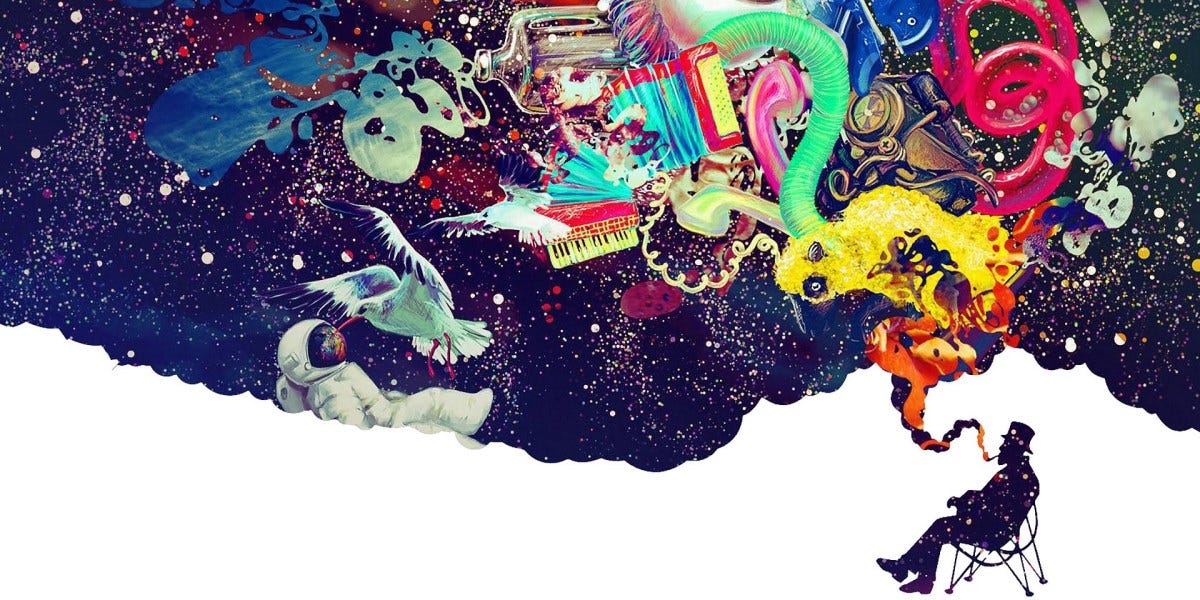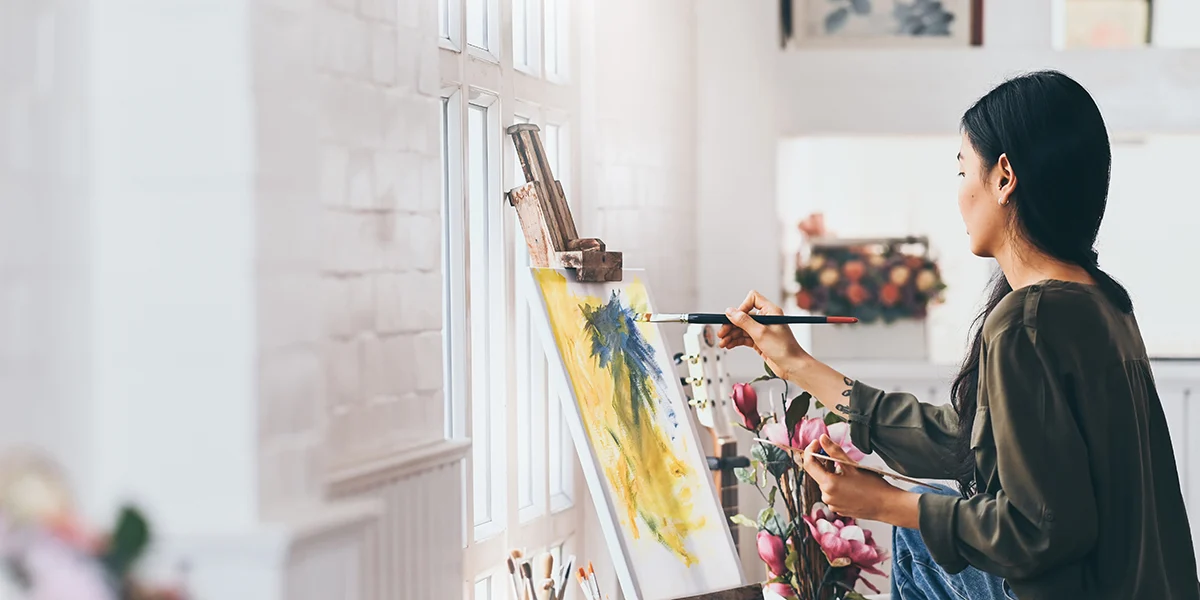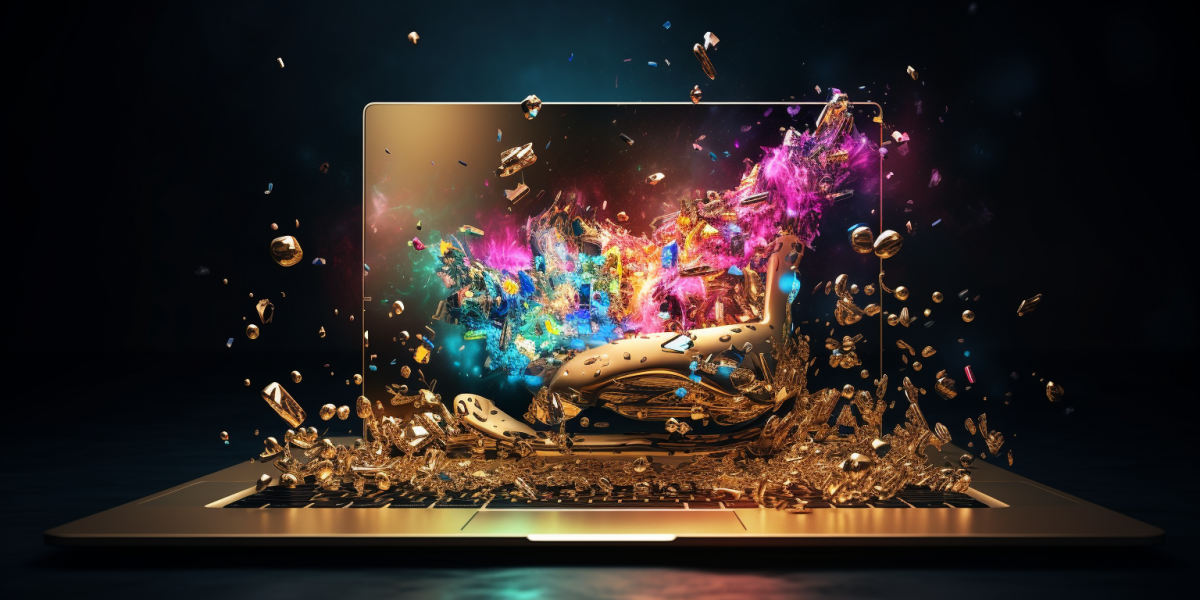Visual arts innovation encompasses a wide range of practices and disciplines, from painting and sculpture to photography, digital art, and beyond. At its core, visual arts innovation is about pushing the boundaries of traditional artistic techniques and exploring new ways of seeing and creating. Whether it’s experimenting with new materials and mediums, harnessing the power of technology, or challenging conventional ideas about art and aesthetics, visual artists are constantly pushing the envelope and redefining what is possible in the world of art.
The Evolution of Visual Arts
In this section, we’ll explore the rich history and evolution of visual arts, from ancient cave paintings to the Renaissance masters and beyond. We’ll examine how artistic techniques and styles have evolved over time, shaping the way we perceive and create art today.
Digital Art and Virtual Reality
The digital revolution has opened up exciting new possibilities for artists, allowing them to create immersive worlds and interactive experiences. We’ll take a closer look at how digital art and virtual reality are transforming the way we engage with art and pushing the boundaries of creativity.
Mixed Media Exploration
Mixed media art combines different materials and techniques to create unique and dynamic works of art. From collage and assemblage to multimedia installations, we’ll explore how artists are pushing the boundaries of traditional mediums and experimenting with new forms of expression.
Environmental Art
Environmental art, also known as eco-art or land art, explores the relationship between art and the natural world. We’ll examine how artists are using their work to raise awareness about environmental issues and inspire action to protect our planet.
Artistic Collaborations
Collaboration has always been a driving force in the world of art, allowing artists to exchange ideas, pool resources, and create together. We’ll explore some of the most innovative artistic collaborations happening today and the impact they’re having on the art world.
Art and Technology Integration

Technology is increasingly playing a central role in the creation and dissemination of art. From digital painting software to 3D printing and beyond, we’ll explore how artists are harnessing the power of technology to push the boundaries of creativity and redefine what is possible in the world of art.
Sustainability in Art
As the world grapples with environmental challenges, sustainability has become an increasingly important consideration in the world of art. We’ll examine how artists are incorporating sustainable practices into their work and using art as a tool for environmental advocacy and social change.
Cultural Fusion
In an increasingly interconnected world, artists are drawing inspiration from a diverse array of cultural traditions and influences. We’ll explore how artists are embracing cultural fusion in their work, blending different styles, techniques, and perspectives to create art that reflects the complexity and diversity of the modern world.
Art as Activism
Art has long been a powerful tool for social and political activism, allowing artists to raise awareness about important issues and inspire change. We’ll examine how artists are using their work to address pressing social and political issues, from racial injustice and inequality to climate change and human rights.
The Future of Visual Arts
In this final section, we’ll speculate on the future of visual arts and the role that innovation will play in shaping it. From advancements in technology to shifting cultural trends, we’ll explore what lies ahead for the world of art and the endless possibilities for creativity and expression.
Nurturing Creative Exploration

In the pursuit of visual arts innovation, fostering an environment that encourages creative exploration is paramount. Whether through formal education, independent study, or collaborative endeavors, providing artists with the tools and resources they need to experiment, take risks, and push the boundaries of their craft is essential.
Embracing Diversity and Inclusion
Diversity and inclusion are not only moral imperatives but also catalysts for innovation in the visual arts. By embracing diverse perspectives, experiences, and voices, artists can create work that reflects the richness and complexity of the human experience. Furthermore, fostering an inclusive environment within the art community ensures that all individuals have the opportunity to contribute their unique talents and perspectives to the creative process.
Cultivating Curiosity and Openness
At the heart of visual arts innovation lies a spirit of curiosity and openness to new ideas. By encouraging artists to explore diverse influences, experiment with different techniques, and challenge conventional wisdom, we can create a culture of innovation that drives artistic progress and evolution.
Fostering Collaboration and Exchange
Collaboration and exchange are essential components of the creative process, enabling artists to share ideas, pool resources, and inspire one another. Whether through formal partnerships, artist residencies, or informal networking opportunities, fostering collaboration within the art community can lead to breakthroughs and discoveries that might not have been possible otherwise.
Investing in Research and Development
Investing in research and development is crucial for advancing visual arts innovation. By supporting initiatives that explore new technologies, materials, and techniques, we can provide artists with the tools and resources they need to realize their creative visions and push the boundaries of their craft.
Supporting Emerging Talent

Supporting emerging talent is essential for ensuring the continued vitality and diversity of the visual arts community. By providing mentorship, funding, and exhibition opportunities to up-and-coming artists, we can help nurture the next generation of creative innovators and ensure that the legacy of visual arts innovation continues to thrive for years to come.
Navigating Ethical and Moral Considerations
As visual arts innovation continues to evolve, it is essential to navigate the ethical and moral considerations that arise along the way. From issues of cultural appropriation and environmental sustainability to questions of digital privacy and accessibility, artists and institutions must grapple with complex ethical dilemmas and strive to uphold the highest standards of integrity and responsibility.
Engaging with Audiences
Engaging with audiences is an integral part of the creative process, providing artists with valuable feedback, insights, and inspiration. Whether through public exhibitions, interactive installations, or digital platforms, creating opportunities for audiences to connect with and participate in the artistic experience fosters a sense of community and shared ownership over the creative process.
Adapting to Technological Advancements
As technology continues to evolve at a rapid pace, artists must adapt to new tools, platforms, and modes of production. From augmented reality and artificial intelligence to blockchain technology and beyond, embracing technological advancements can open up new avenues for creative expression and engagement with audiences.
Preserving Cultural Heritage
Preserving cultural heritage is essential for maintaining a sense of continuity and connection with the past while also inspiring future generations of artists. By celebrating and honoring diverse cultural traditions and practices, artists can draw inspiration from the rich tapestry of human history and create work that resonates across time and space.
FAQs:
Q: What is visual arts innovation?
A: Visual arts innovation refers to the exploration of new techniques, mediums, and technologies in the creation and presentation of art. It involves pushing the boundaries of traditional artistic practices and embracing experimentation and creativity.
Q: How are artists incorporating technology into their work?
A: Artists are incorporating technology into their work in various ways, including digital painting, 3D printing, virtual reality, and interactive installations. These technologies allow artists to explore new forms of expression and engage with audiences in innovative ways.
Q: Why is sustainability important in art?
A: Sustainability is important in art because it reflects our responsibility to the environment and future generations. By adopting sustainable practices, artists can minimize their environmental impact and use their work to raise awareness about pressing environmental issues.
Q: What are some examples of cultural fusion in art?
A: Examples of cultural fusion in art include mixed-media works that blend traditional and contemporary techniques, collaborative projects that bring together artists from different cultural backgrounds, and artworks that draw inspiration from diverse cultural traditions and influences.
Q: How does art contribute to social activism?
A: Art contributes to social activism by raising awareness about important social and political issues, sparking conversations, and inspiring action. Through their work, artists can amplify marginalized voices, challenge injustice, and advocate for positive change.
Conclusion:
Visual arts innovation is a dynamic and ever-evolving field that offers endless opportunities for creativity and expression. From traditional mediums to cutting-edge technologies, artists are constantly pushing the boundaries of what is possible, challenging conventions, and redefining the way we experience art. By embracing innovation and experimentation, we can continue to pioneer new frontiers in creativity and inspire audiences around the world.
